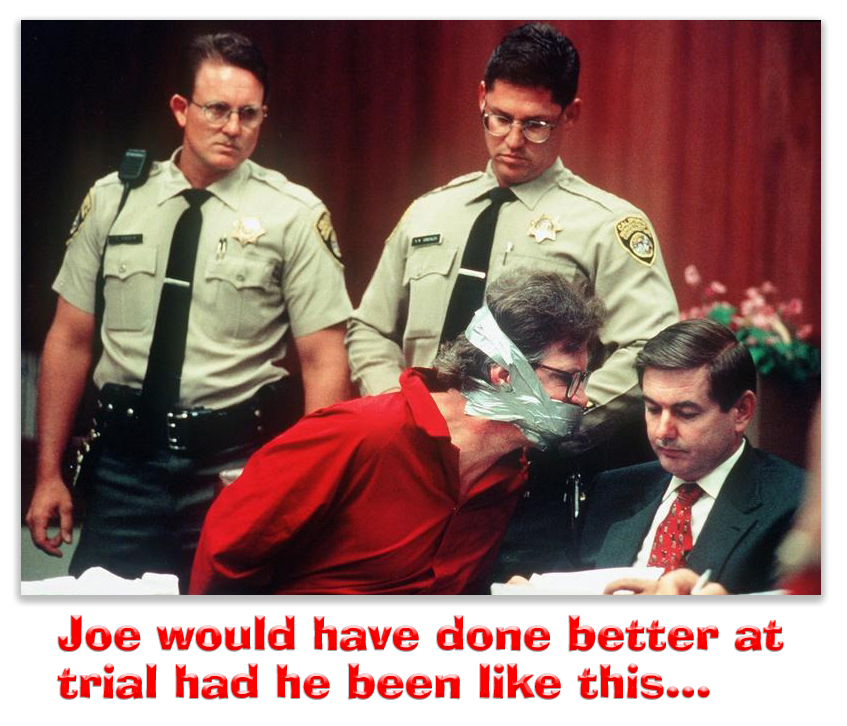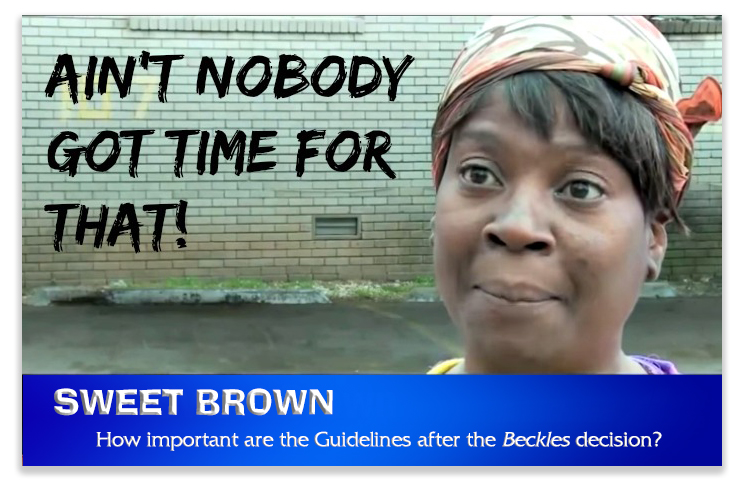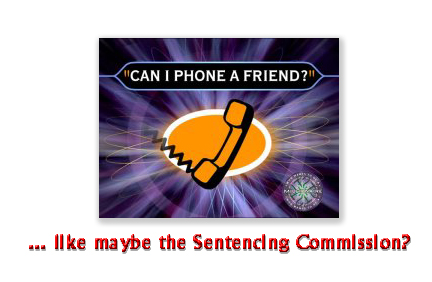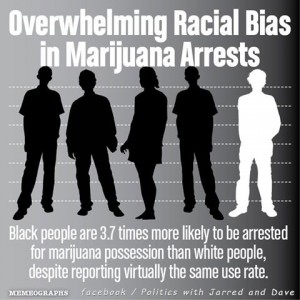We post news and comment on federal criminal justice issues, focused primarily on trial and post-conviction matters, legislative initiatives, and sentencing issues.
I’M ONLY THE PIANO PLAYER
 When a cop stopped Frank Sanchez-Villarreal in Texas., he found six kilos of coke and a gun. Frank admitted that he had been hired by someone he only knew as “Chaparro” to deliver the cocaine to someone he did not know, for which he would be paid $1,000.00. He said the guy who hired him had given him the gun for protection.
When a cop stopped Frank Sanchez-Villarreal in Texas., he found six kilos of coke and a gun. Frank admitted that he had been hired by someone he only knew as “Chaparro” to deliver the cocaine to someone he did not know, for which he would be paid $1,000.00. He said the guy who hired him had given him the gun for protection.
At sentencing, Frank’s lawyer argued that he should get a 2-level mitigating-role adjustment under the sentencing Guidelines for having played a lesser part in the drug trafficking than the average conspirator. He argued that Frank was just a “standard ‘mule’” who had been ordered to transport drugs without knowing the end location or coordinating the drug trafficking. If the conspiracy had been a whorehouse, his lawyer argued, Frank was only the piano player.
The district judge reluctantly concluded that Frank’s conduct did not warrant the USSG Sec. 3B1.2 mitigating-role adjustment. She said she “probably had some disagreement with the guidelines,” but while Frank “may be not the person gaining the most financially from this, but – but he is – I’m hesitating to use the word “critical,” but I’ll go ahead and use the word “critical.” He is critical to the operation as far as moving the drugs, and – and also, especially here, where by his own admission this was the second time he’d done this – and in that regard I do consider that, his admission – he’s –he’s entrusted, obviously to get this work done.”
 While Frank’s appeal was pending, the Sentencing Commission adopted Amendment 794, and changed the commentary to 3B1.2. The changed commentary makes it clear that the standards for a minor-role adjustment are not as stringent as a number of courts had said they are. In particular, the Commission added this:
While Frank’s appeal was pending, the Sentencing Commission adopted Amendment 794, and changed the commentary to 3B1.2. The changed commentary makes it clear that the standards for a minor-role adjustment are not as stringent as a number of courts had said they are. In particular, the Commission added this:
The fact that a defendant performs an essential or indispensable role in the criminal activity is not determinative. Such a defendant may receive an adjustment under this guideline if he or she is substantially less culpable than the average participant in the criminal activity.
The Commission said it made the change because courts had been denying mitigating-role adjustments solely because defendants were “integral” or “indispensable” to the criminal activity. The Commission explained that such a standard was inconsistent with the primary issue of relative culpability. The Amendment Commission was intended to address a circuit split as to what an “average participant” might be.
This week, the 5th Circuit agreed with Frank that he should be considered for the 2-level reduction. In so doing, the Circuit held it could consider Amendment 794, even though it was “not effective at the time of the commission of the offense or at the time of sentencing” because it was intended only to clarify, rather than effect substantive changes.
 The 5th joined three other circuits agreed with the parties that Amendment 794 is a clarifying amendment. In determining whether a Guidelines amendment is clarifying or substantive, a court looks (1) whether the Commission declared the amendment to be clarifying; (2) whether the amendment is intended to address a circuit split (which generally indicates that the amendment is substantive, not clarifying); (3) whether the amendment was made retroactively applicable by the Commission; and (4) whether the amendment alters the language of the commentary rather than the language of the Guideline itself (which may suggest that it is clarifying). Because Amendment 794 altered the text of the commentary but not the guideline itself, and because the change was to better reflect the Commission’s intent and provide “additional guidance to sentencing courts,” Amendment 794 was clarifying.
The 5th joined three other circuits agreed with the parties that Amendment 794 is a clarifying amendment. In determining whether a Guidelines amendment is clarifying or substantive, a court looks (1) whether the Commission declared the amendment to be clarifying; (2) whether the amendment is intended to address a circuit split (which generally indicates that the amendment is substantive, not clarifying); (3) whether the amendment was made retroactively applicable by the Commission; and (4) whether the amendment alters the language of the commentary rather than the language of the Guideline itself (which may suggest that it is clarifying). Because Amendment 794 altered the text of the commentary but not the guideline itself, and because the change was to better reflect the Commission’s intent and provide “additional guidance to sentencing courts,” Amendment 794 was clarifying.
The Circuit concluded the district judge erred in her application of Sec. 3B1.2 “by giving conclusive weight to the finding that Sanchez-Villarreal’s role was ‘critical’.” After that conclusion, the district court did not consider whether, despite playing a critical role, Frank was “substantially less culpable than the average participant in the criminal activity.” Because his culpability is the central issue in a 3B1.2 reduction, Frank was entitled to resentencing where that issue would be resolved.
United States v. Sanchez-Villarreal, Case No. 15-41303 (5th Cir., May 23, 2017)
– Thomas L. Root





































